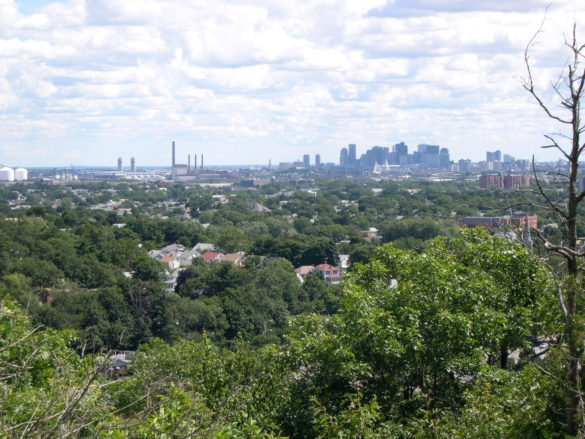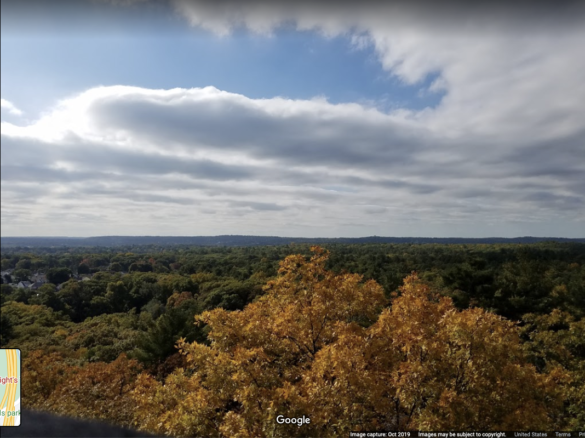We rotate some of the prayers in our liturgy seasonally, using certain forms for a time, then switching to another. This summer we’ll be using some of the prayers provided by the book Enriching Our Worship 1, which—although it was published nearly a quarter century ago—is still not as familiar as our slightly-older Book of Common Prayer.
I thought I’d spend a few weeks this spring reflecting on some of the new prayers, in the hopes that these reflections might, well, enrich your worship when you hear them on a Sunday morning.
The Eucharistic Prayer we’ll be using begins as they all do, with the opening dialogue (The Lord be with you. And also with you. Lift up your hearts… and so on), a preface, and the Sanctus (“Holy, holy, holy Lord…”)
Then it continues, like all Eucharistic prayers do, by telling the story of salvation, of our creation, fall, and redemption.
I’m struck by that first paragraph, by the words about our creation:
Blessed are you, gracious God,
creator of the universe and giver of life.
You formed us in your own image
and called us to dwell in your infinite love.
You gave the world into our care
that we might be your faithful stewards
and show forth your bountiful grace.
The prayer begins as traditional Jewish blessings and some early Christians prayers begin: with some variation on the phrase “Blessed are you, O God, creator of the universe.” The Eucharistic Prayer is, more than anything else, a prayer of thanksgiving. (That’s what Eucharistia means in Greek, “Thanksgiving,” and indeed if you travel to Greece today and order a sandwich, you can tell the cashier Efcharisto when they give you your change. “Thank you,” the same word in modern pronunciation.) And what we being by thanking God for is simply being God: “You are blessed, O God, creator of the universe,” could be an entire prayer.
But out of God’s goodness and grace flows something else. God, of God’s goodness, chooses to give us life. It’s in God’s very nature to share that life with us. So God “forms us” in God’s own image, giving us life. You don’t have to adopt some kind of creationist view to think that this is true; it’s all perfectly compatible with evolutionary science. To say that God forms us in God’s image is not about biology: it’s to say that on the moral and spiritual plane, we are creatures built to show forth the nature of the God who is Love, to be visible images of God’s own self-giving love.
Like a potter, God is shaping and forming us for a purpose. And like lumps of clay, we can sometimes be hard to work with. God has a very clear vision for the things we are becoming, but God works with and through the material of our lives to do it.
So what’s that shape?
Just as God forms us into new shapes, I sometimes like to form words into new shapes; so here’s a paraphrase, reorganized a bit:
God formed us and called us
to dwell in God’s infinite love.
God gave the world into our care, that we might
be God’s faithful stewards
and show forth God’s bountiful grace.
God does three things, and we do three things. God forms us, calls us, and gives us the world. We dwell in God’s love, practice faithful stewards, and show forth God’s grace. God’s action and our response are in a continuous interaction, a constant shaping and reshaping like a bowl-to-be on the potter’s wheel, always beginning with what God does for us.
God formed us in the shape of love; may we dwell in that love.
God gave the world into our care; may we care for the world in love, treating it as stewards and not owners, as people who have the responsibility to tend to God’s garden but not the right to destroy it.
God calls each one of us by name, speaking to us in love; may we share that love with the world, showing forth the signs and telling the stories of God’s grace in our lives.
And what God has done for “us” as a human species, God does for each one of us. So may each one of you reading this know that you are the beloved child of God, being gently and carefully formed, day by day, into a vessel of God’s love for the world; into the very image of God.




